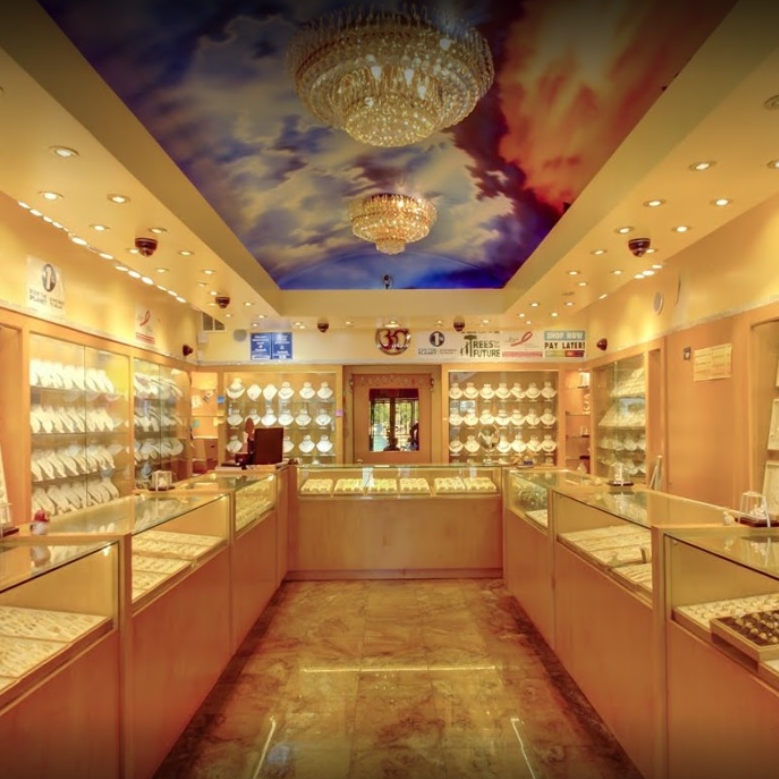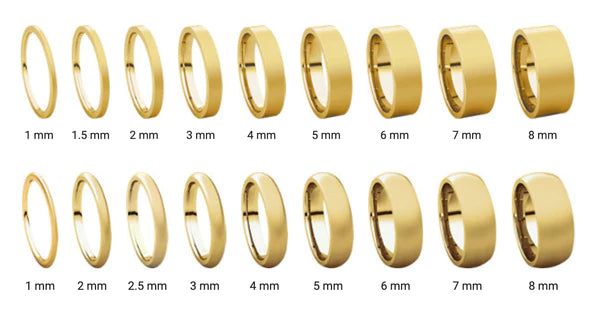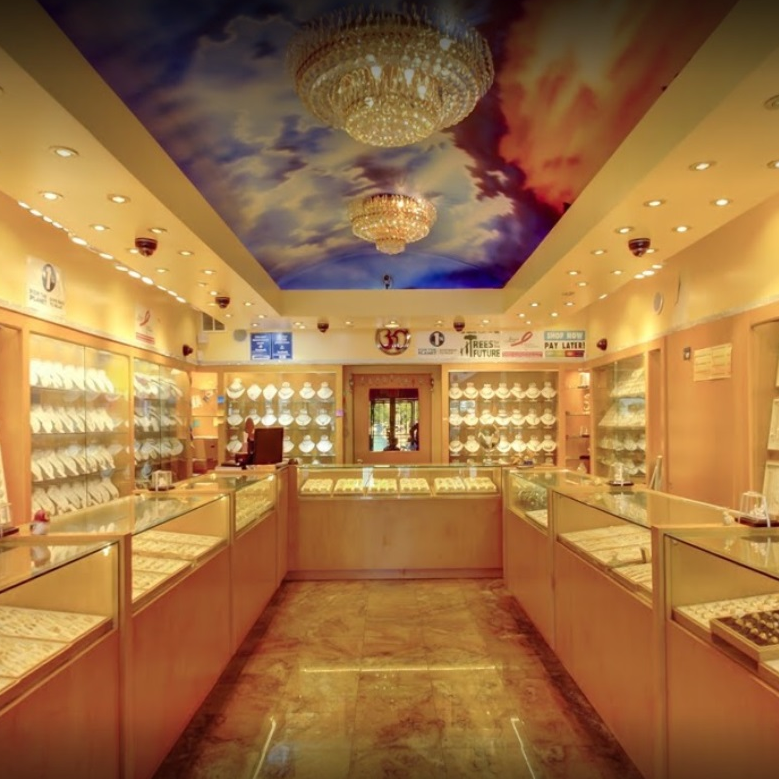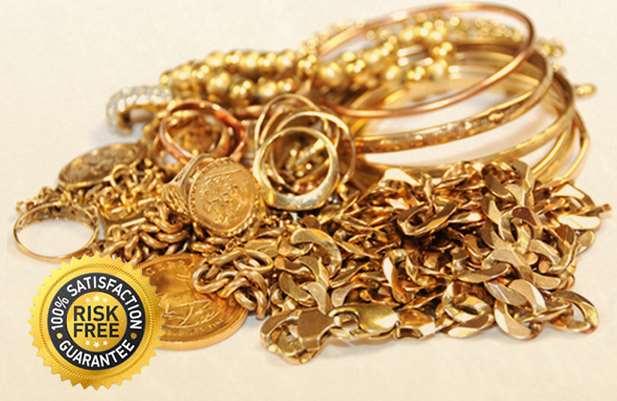Sustainable Jewelry: Embracing Recycled Materials for a Greener Future
In a world increasingly concerned with environmental sustainability, the jewelry industry has found itself at a crossroads. Traditional practices often involve significant environmental degradation and human exploitation, prompting a shift towards more responsible and ethical approaches. One such approach gaining traction is the use of recycled materials in the creation of sustainable jewelry.
Recycled materials offer a promising avenue for jewelry designers and consumers alike, providing a means to reduce waste, minimize environmental impact, and promote a circular economy. Here, we delve into the burgeoning trend of sustainable jewelry crafted from recycled materials and its implications for the industry.
-
The Rise of Recycled Metals: Precious metals like gold, silver, and platinum are synonymous with luxury and elegance in the jewelry world. However, traditional mining processes associated with these metals can have devastating ecological consequences, including deforestation, water pollution, and habitat destruction. Recycled metals offer a sustainable alternative by repurposing existing materials, thereby reducing the need for additional mining and the associated environmental harm.
-
Ethical Diamonds and Gemstones: Beyond metals, the sourcing of diamonds and gemstones has long been fraught with ethical concerns, including human rights abuses and environmental degradation. Recycled diamonds and gemstones provide a viable solution, offering consumers the beauty and allure of these precious stones without the ethical baggage. By reclaiming and repurposing diamonds and gemstones from vintage jewelry or industrial sources, designers can create stunning pieces with a clear conscience.
-
Environmental Benefits: The environmental benefits of using recycled materials in jewelry are manifold. By diverting materials from landfills and reducing the demand for virgin resources, recycled jewelry helps conserve energy, water, and natural habitats. Additionally, the extraction and processing of raw materials often entail significant carbon emissions and ecological footprint, which can be mitigated through the use of recycled alternatives. As consumers increasingly prioritize sustainability in their purchasing decisions, recycled jewelry offers a tangible way to minimize their environmental footprint.
-
Creative Possibilities: Far from being a compromise, recycled materials open up a world of creative possibilities for jewelry designers. From sleek modern designs to vintage-inspired creations, recycled materials lend themselves to a diverse range of styles and aesthetics. Whether it's transforming old heirlooms into contemporary pieces or incorporating reclaimed metals and stones into innovative designs, sustainable jewelry celebrates the beauty of imperfection and the art of repurposing.
-
Consumer Consciousness: As awareness of environmental issues continues to grow, consumers are seeking out brands and products that align with their values. Sustainable jewelry crafted from recycled materials resonates with environmentally conscious consumers who prioritize transparency, ethics, and sustainability. By choosing recycled jewelry, consumers can make a meaningful statement about their commitment to reducing waste and supporting responsible practices within the jewelry industry.
In conclusion, sustainable jewelry crafted from recycled materials represents a compelling vision for the future of the industry. By embracing recycled metals, diamonds, and gemstones, jewelry designers and consumers alike can contribute to a more sustainable and ethical world. As the demand for sustainable products continues to rise, recycled jewelry stands as a shining example of innovation, creativity, and environmental stewardship in the pursuit of a greener future.

















